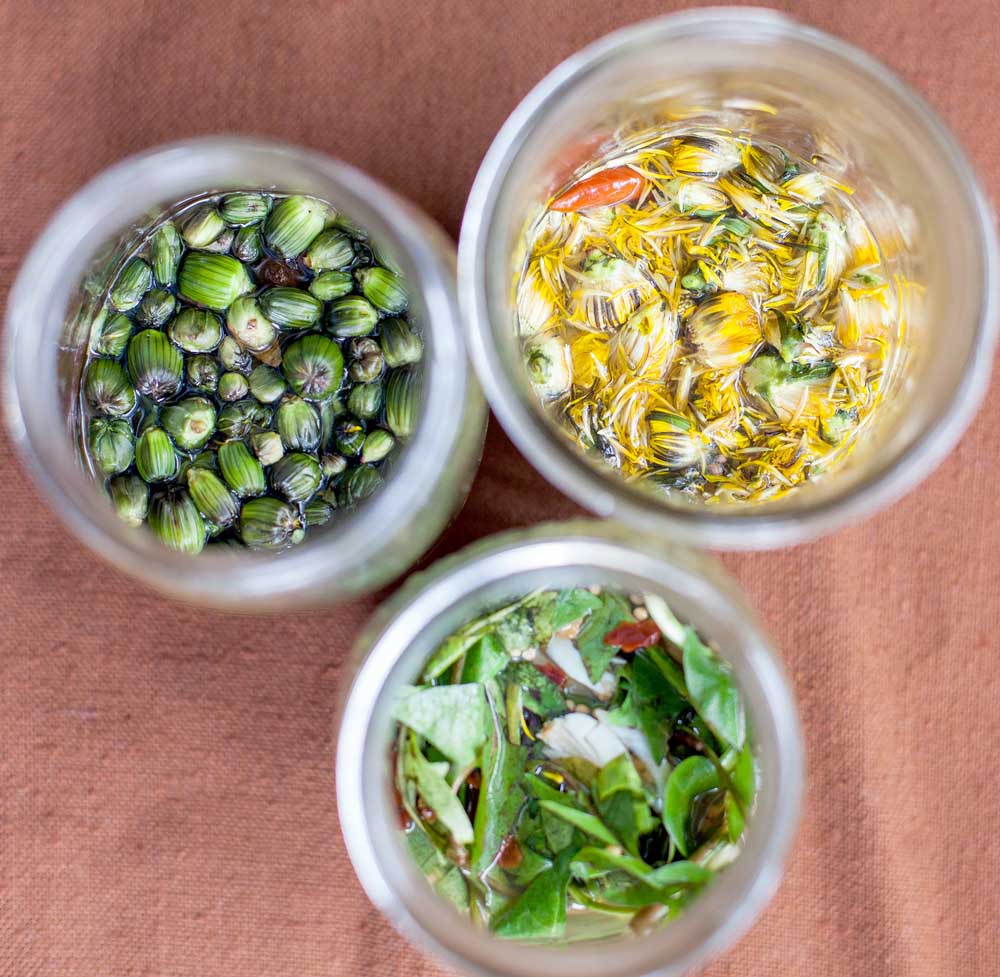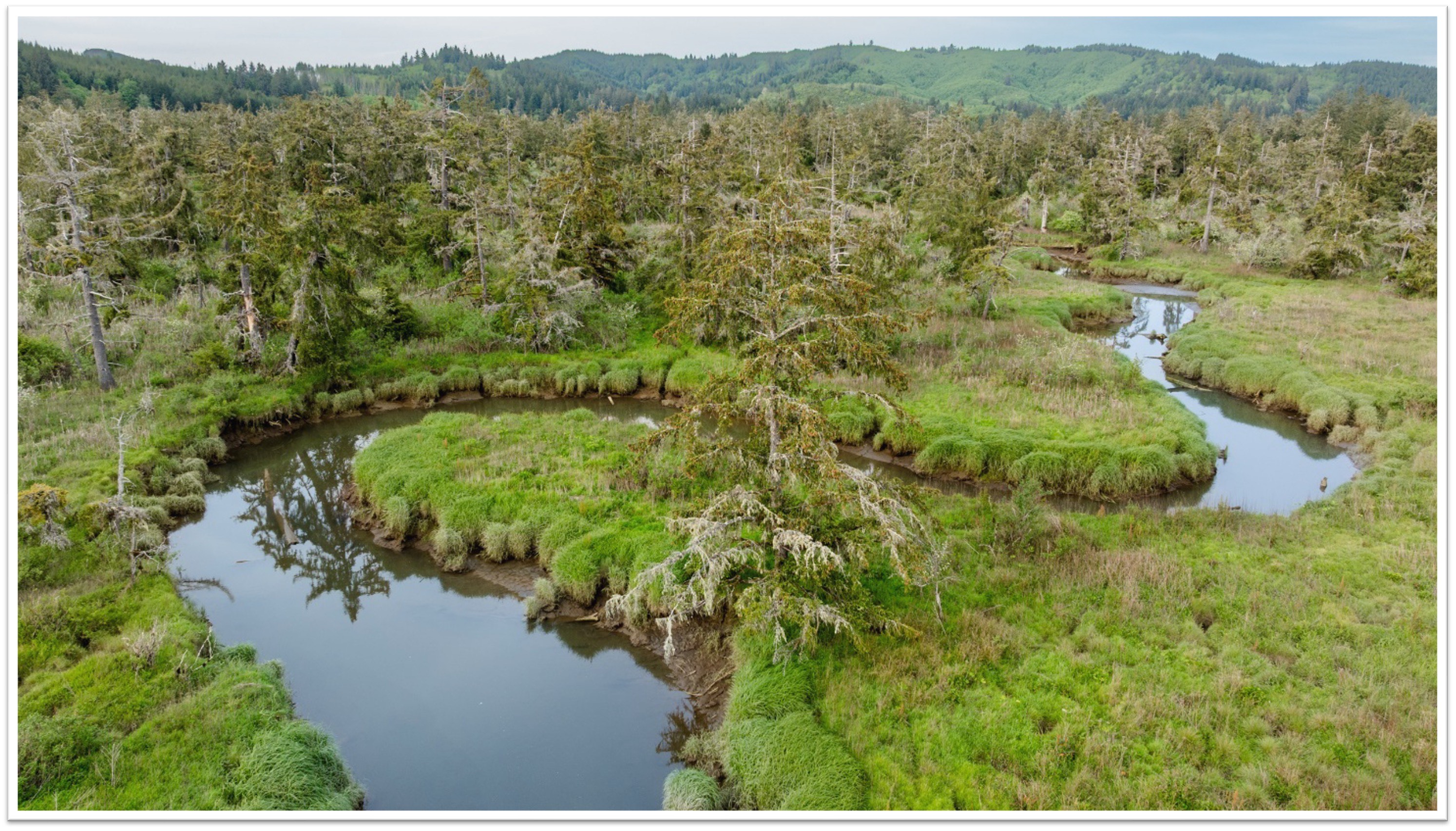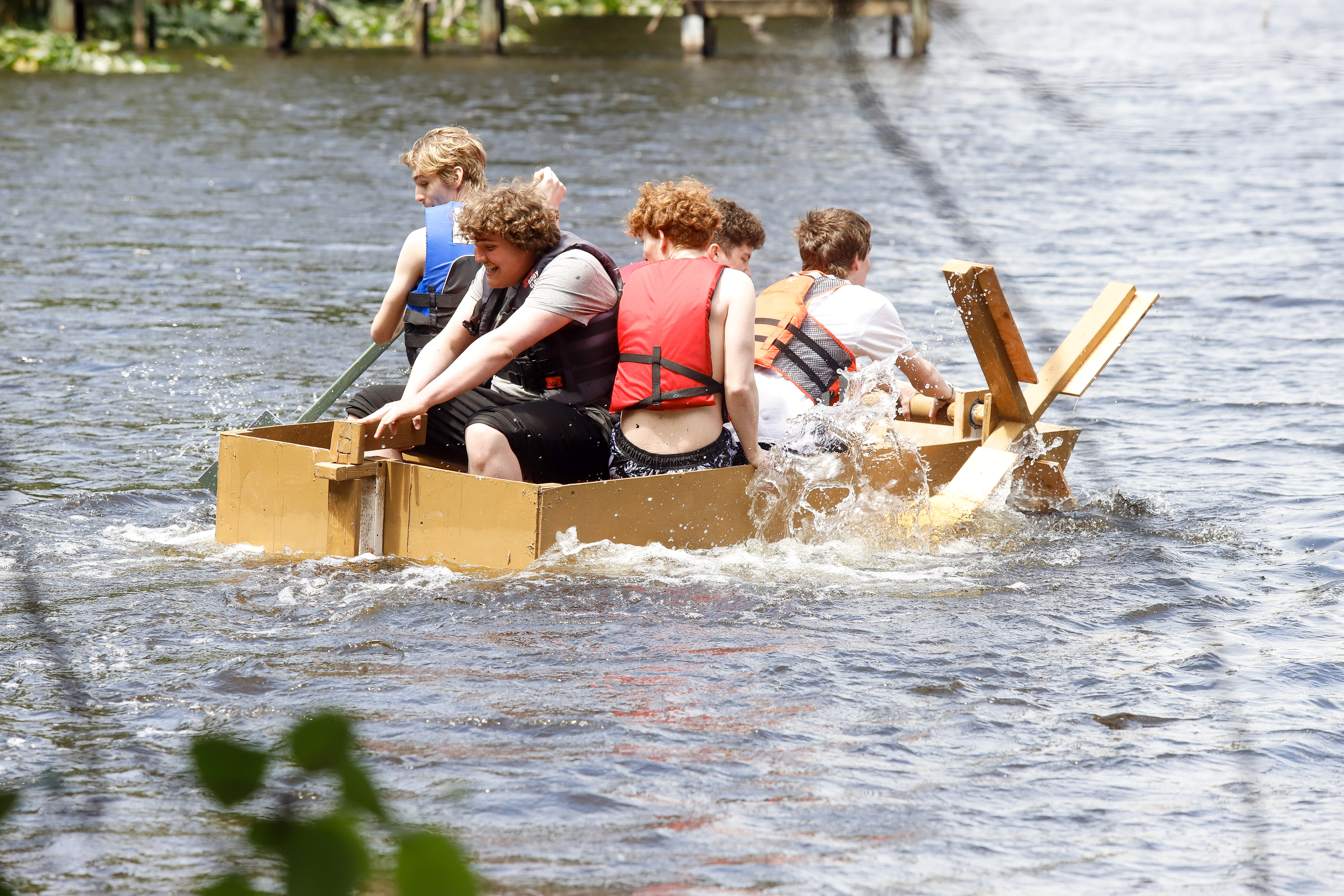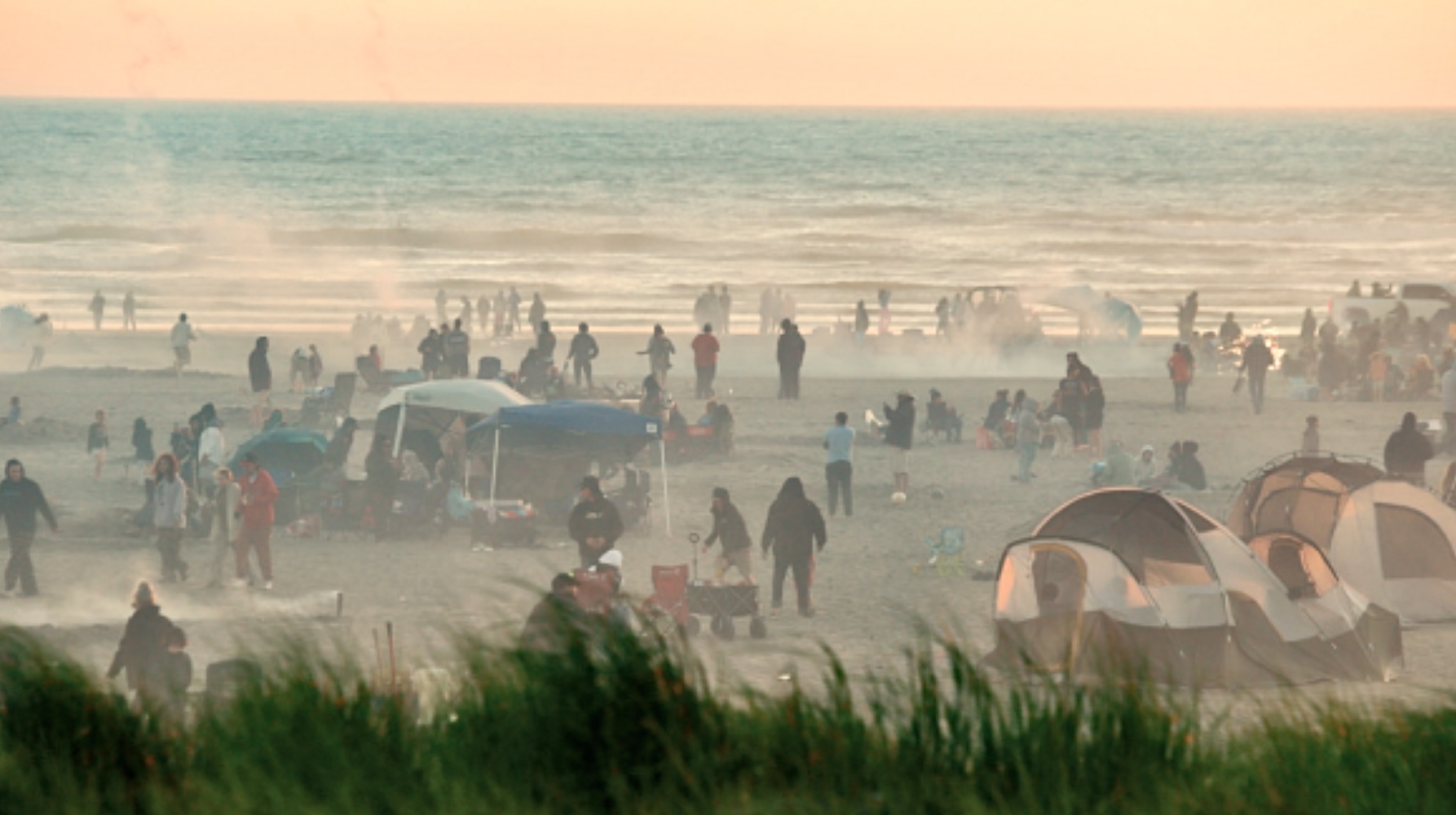Eat your weeds
Published 5:08 am Wednesday, April 4, 2018

- The buds (left), blooms (right) and leaves (bottom) can be pickled in a vinegar brine, or lightly fermented in a salt water brine to make tangy condiments.
The War On Dandelions is a war of attrition. You can engage in chemical warfare, drown their young in boiling water, or ride your noble John Deere steed into the fray and mow their legions down. You can sip a lager with their milky sap still on your hands, and exult in the hundreds of severed yellow heads strewn across the battlefield. But the little white puffs that blow away on the breeze are not flags of surrender — they are a promise of certain vengeance.
Right now, the dandelions are gearing up to repay you for whatever atrocities you visited upon their ancestors last year. I say, if you can’t beat ‘em, eat em. Every part of the plant is edible, vitamin-rich, and purported to have medicinal value. From jellies, syrups and fritters to salads, pickles and tea, April is the perfect time to get these weeds out of your lawn, and onto your dinner plate.
“Foraging” — looking for edible plants in the wild — is a thing hipsters have recently discovered that other people have been doing for millenia. Having grown up in the California desert, it took me years to parse the dense, wet green of the Washington coast into its edible components, but now, I am starting to see food everywhere. I’d like to think I’m not a total Johnny-Come-Lately.
When I was kid, my father, a scientist and gifted naturalist, took me on countless rambles through the wilder parts of inland Southern California. He taught me to recognize edible plants: jojoba and yerba santa in the low desert; miner’s lettuce near creeks in the foothills, a “lemonade bush” with sour-sweet nectar in our yard. For my fourth-grade history project, we made the acorn mush that was once a staple food for the Cahuilla, Serrano and Luseno indians who lived in the so-called “Inland Empire” long before it was better known for deadly smog and In N’ Out burgers.
And then there was my beloved Papa Ed, perpetually dressed in a white t-shirt, faded jeans and an Amish beard. He loved iced coffee milk, watching baseball games with the volume off, and “dumpster diving.” He frequently conscripted visiting grandchildren to accompany him on his nightly tour of well-stocked grocery store dumpsters. Much of the produce he tossed into the back of his old pickup went to the tortoises, bunnies, cockatiels, peacocks, ducks, doves and hens he kept in two dome-shaped enclosures. But we ate the bruised and spotted fruits of his labor so often that I was well into my teens before I realized he didn’t dumpster-dive out of need. He was actually quite well-off, but he grew up in the Depression and he couldn’t stand to see food go to waste.
Locally, we have few unsecured dumpsters, but many wild treasures. Morel mushrooms, fiddlehead ferns, horsetails and miner’s lettuce are among the edible plants coming into season. You can find them all without leaving the Peninsula, but dandelions are probably literally in your own back yard, and they’re a pretty safe bet for novice foragers.
Eat the wrong mushroom, and you might unwittingly embark on an odyssey of discovery in a dimension where you can taste colors — if you’re lucky. There is no such risk with dandelions, and they’re neither native, nor endangered, so you can take as many as you want without feeling bad. And while you definitely shouldn’t try using dandelions for medicinal purposes without consulting your doctor, herbalists believe they are very helpful for liver and kidney issues, and even have some pain-killing and skin-healing properties when used in salves and oils.
Any time you hunt for wild edibles, there are a few guidelines you should follow. Taxpayers, you may own the state’s lands, but you don’t own the right to take whatever you want from them, so ask about the rules before collecting in state parks or on other public properties. You should always ask permission before venturing onto private property. If someone does get angry when you ask to pull their weeds for free, assume they’re cooking meth and make tracks before they blow you to kingdom come.
Avoid places that have likely been sprayed with poison, and be aware that if you pick next to a trail or sidewalk, they may have been watered by a dog.
A couple plants look so similar to dandelions that they’re sometimes called “false dandelions.” Fortunately, they’re generally non-toxic, and if you know what you’re looking for, it’s easy to tell them apart. True dandelions have hollow stems and, usually, a red-tinged vein on the underside of the leaves. Real dandelion leaves are never hairy or spiny, and they have “teeth” that point backwards.
Like people, dandelions tend to get more bitter as they age, so it’s best to pick them well before they bolt. However, they can be surprisingly hard to spot when they’re still young and tender, especially since their flowers close up when the sun goes down. The plants grow very close to the ground until well into their life cycle, so you need to look for the leaves, not the flowers or seed-heads.
Part of the dandelion’s hydra-like capacity for regeneration comes from its long tap-root. If you leave any part of it in the soil, it can produce a whole new plant, so take the whole thing. I bought a $25 thingie called “Grampa’s Weeder” at a local hardware store. It looks like a medieval torture implement, but I can’t recommend it enough. It allows you to easily wrench weeds out of the ground without breaking your back. Using it at the end of a less-than-stellar day is very cathartic.
Shake them out as you pull them to loosen any clumps of moss and soil from the roots. A net laundry bag is a good way to store your haul, as it allows any hitchhiking insects to see themselves out.
Back at home, you’ll need to do a bit of cleaning and sorting. Pinch off all dead leaves and flower stems (these are full of the very bitter sap). Look for the tiny, compact buds buried in the center of the plant. Pinch them off, pull off any loose leaves, and put them in a bowl. Snip stems of all the fresh, young flowers. Check them for bugs and try to remove most of the sepals — the green crown of little leaves at the base of the flower. They’re bitter, and largely responsible for dandelion wine’s reputation for being undrinkable.
Then, gather the leaves in your hand, and cut them off about an inch above the root. You’ll need to rinse them several times in cold water unless you enjoy eating slugs and mud.
If you want to save the roots, trim the remaining stems, fine, hairy roots and rotten bits off, peel any really big ones, and give them a very good wash.
I had our 10-year-old Tiny Human help clean all the flowers and buds. He got bored after a while and wanted to quit. I made him finish, telling him that if he didn’t go to college, trimming buds was the best job he was gonna get in Pacific County. He didn’t get the joke, which is probably a good thing.
Until recently, I only knew of two ways to eat dandelions. The greens can be sauteed or turned into soups, and the flowers turned into moonshine or wine. But dandelion wine sounds to me like something grandmas might secretly get drunk on. I have always imagined it would taste like a slightly alcoholic fancy hand soap from Yardley of London. I’d love to try some in case I’m wrong, but I didn’t make any, as that would have necessitated turning my column in about five months after deadline.
The internet is lousy with dandelion recipes. There are so many other things you can do with them that I barely scratched the surface during my own crash course in weed cookery. Here are a few of them:
Flowers: Tea, dandelion honey butter, syrup, jelly. My friend Jane, who was raised off the grid in West Virginia, says her mother used to deep-fry the flowerheads and put them in salads.
Leaves: Blanch larger ones to make them less bitter. Make a pureed soup, or sautee them with garlic in olive oil or bacon fat. Lightly coat them in oil and salt, spread them on a cookie sheet, and toast at 250 until crisp to make “chips”.
Buds: Saute in butter or olive oil, pickle, or ferment in a salt water brine to make dandelion capers.
Roots: Peel, blanch two or three times and saute in butter. Or, more traditionally, chop them up, gently roast them, and steep them to make a coffee-like drink.
Of all the things we tried, the fritters were the biggest surprise. When coated in a light batter and cooked in butter, the flowers quickly soften and develop a mild flavor comparable to that of fried squash blossoms. The Tiny Human said he loved the texture. My Beloved liked them too, but said he wanted to try a savory version, with a little garlic instead of sugar in the batter, and a topping of fresh lemon juice and crunchy salt. From start to finish, the whole project took about 15 minutes. It took far less than that to eat them all.
Ingredients
¾ c. milk, half-and-half or cream
1 large egg
⅓ c. flour (you may need slightly more or less)
Pinch of salt
1 to 2 tbs. Sugar or honey
¼ tsp. Baking powder
Confectioner’s sugar for dusting.
Directions
Blend the egg, milk, salt, sugar to taste, and baking powder in a medium bowl. Stir in flour until there are no lumps, and it has the consistency of a thin pancake batter. You may need to adjust the amount of flour.
Heat a frying pan over medium-high heat. Add a stick of butter, a light, neutral oil, or combination of both to fill the pan to a depth of about 1 centimeter.
Holding them by the wee bits of stem at the base, dunk the flower heads in the batter. Tilt each one upright to help the batter coat the petals. Place the flowers petals-down in the bubbling butter. Fry until they are light golden brown, about one minute.
Flip them over, and gently press them flat with a spatula. Cook about one minute more, or until the other side is golden brown too.
Store them on paper towel-covered plate in a warm oven until you’re done cooking. Dust them with powdered sugar.





